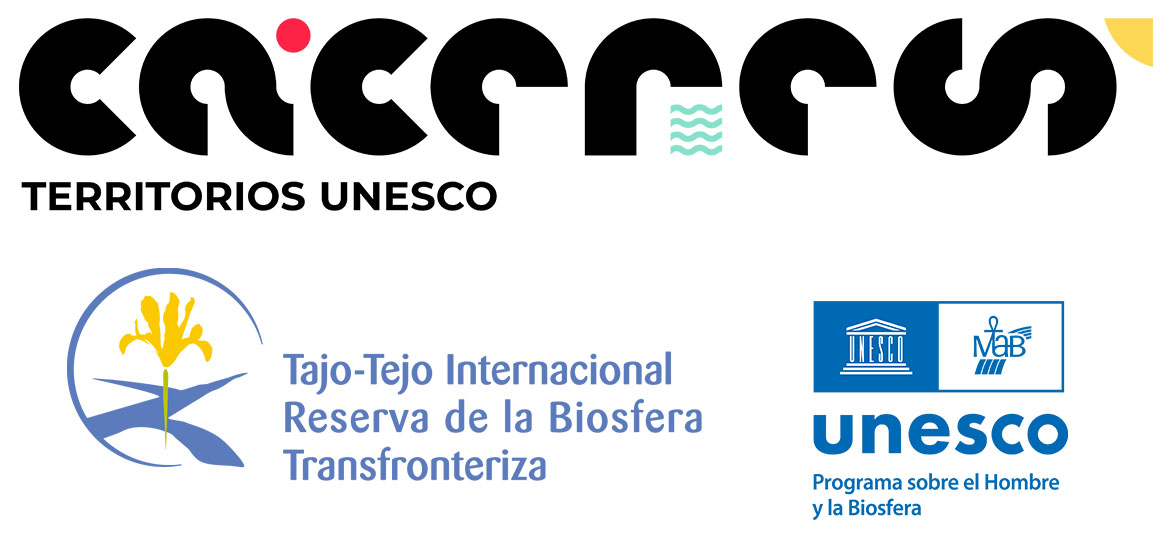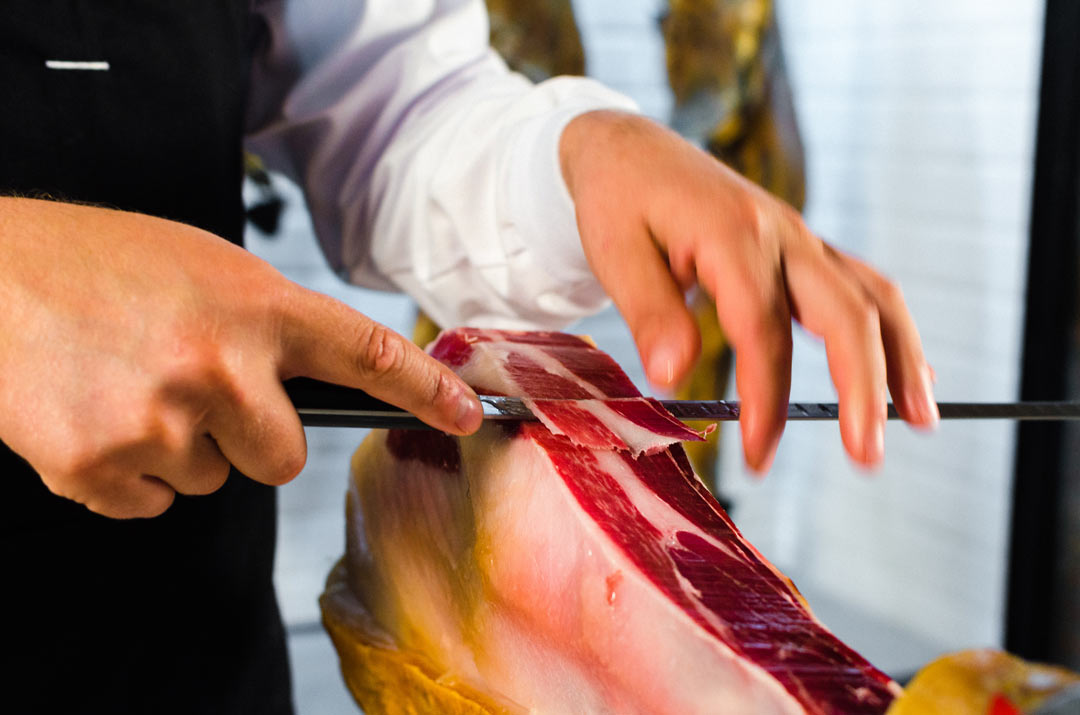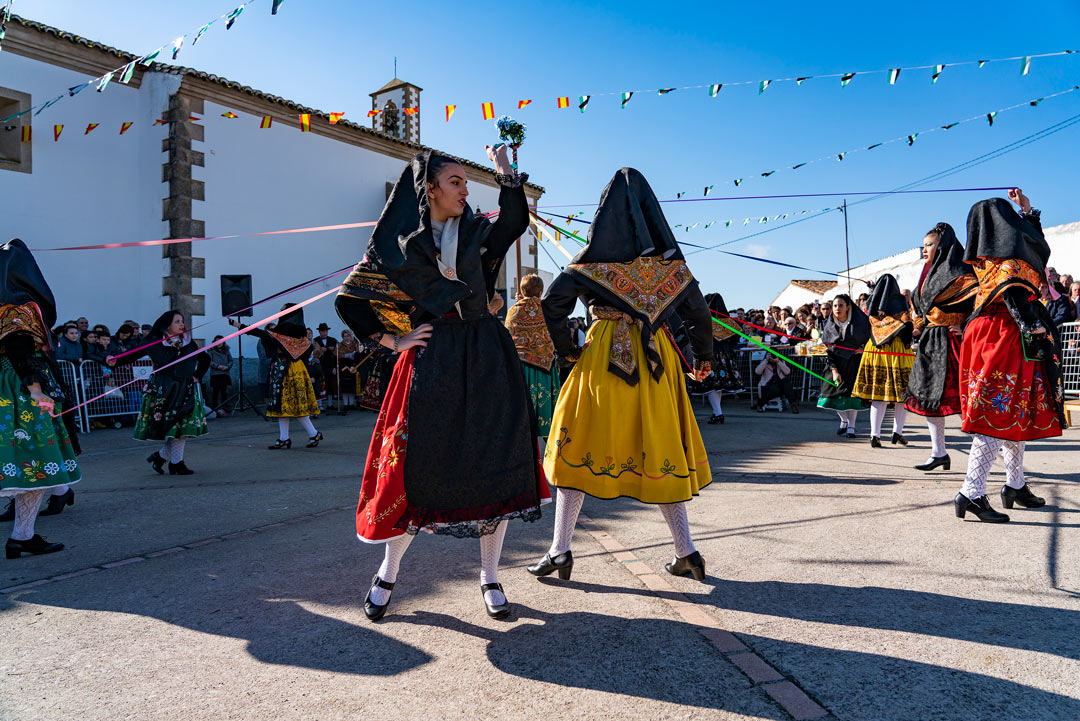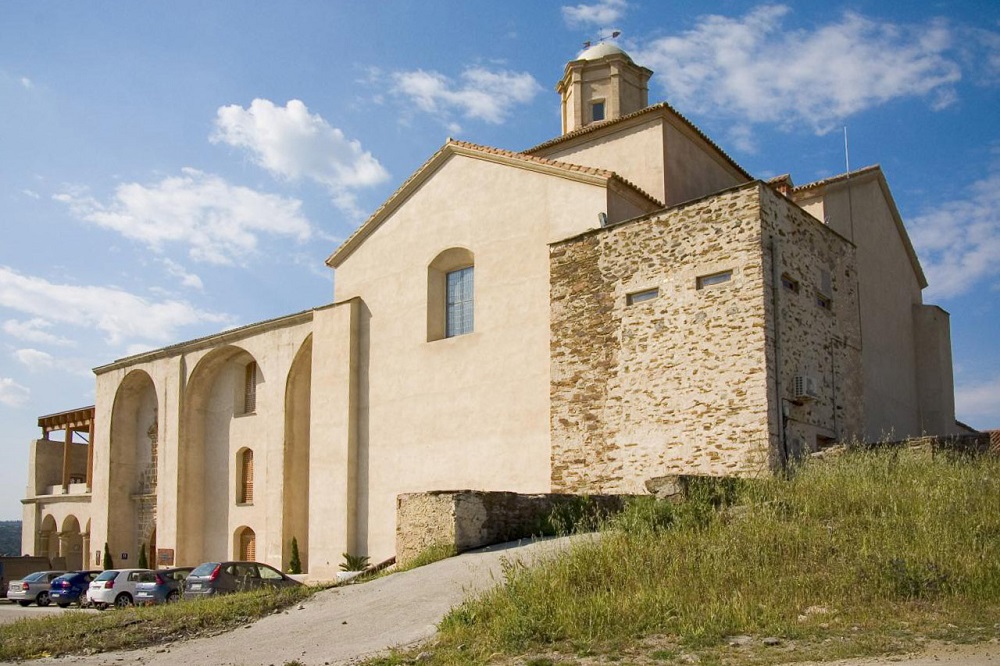Gastronomy
Rich in traditions and taste
Tajo Internacional has a great variety of ecosystems which have given rise to a large number of dishes full of tradition. The products of the vegetable garden, the dehesa, or beekeeping are the raw materials of exceptional cross-border gastronomy.
The tradition of transhumance brings taste and substance to the recipes: dishes eaten with a spoon such as tomato soup, refreshing gazpacho with pennyroyal, potato and cod soup, rice with hare, or the cabbages known as coles con bobo.
The exquisite meats of the area have given rise to the popular lamb stew, partridge Alcántara style, and wild boar with mushroom. And even though the River Tajo marks the territory, it is a fish found in pools (the tench) which is characteristic of this cuisine.
The traditional sowing of wheat has been decisive in the production of unique bread and sweetmeats which are inspired by the Jewish and Arab traditions and made on both sides of La Raya: torrijas, serradura, mormenteras, punchas, sponge tenquillas, repápalos with milk, and almond soup are some of the best known.
A great natural larder
The tastes, the smells, and the composition of the dishes of Tajo Internacional cannot be understood without the vegetables, the fruit trees, or the meat products which are the offspring of a privileged land. Gastronomic excellence begins long before the dishes reach the table; the territory itself is a great larder which supplies this cuisine with quality products that are hard to equal.
The Iberian pig lives here in freedom, it is reared and feeds thanks to what it is offered by the dehesa, a natural habitat and ecosystem which is unique in the world. It is from this quality of life and excellent feeding that its derivatives arise, among which the Iberian Ham of the Dehesa de Extremadura Denomination of Origin is the star product. It is closely followed by other products such as Iberian loin, pig’s stomach, bobo sausage, or sausages made with potatoes (patatera) which we can sample with the traditional cabbage (pig’s stomach) or with the traditional Extremadura breadcrumbs with which a traditional pig-killing day begins.
On this land heifers and lambs are also reared; under the Veal of Extremadura Protected Geographical Indication and the Lamb of Extremadura Protected Geographical Indication they offer us succulent dishes of sirloin from the retinto breed or beef entrecote and popular recipes such as lamb stew and chanfaina.
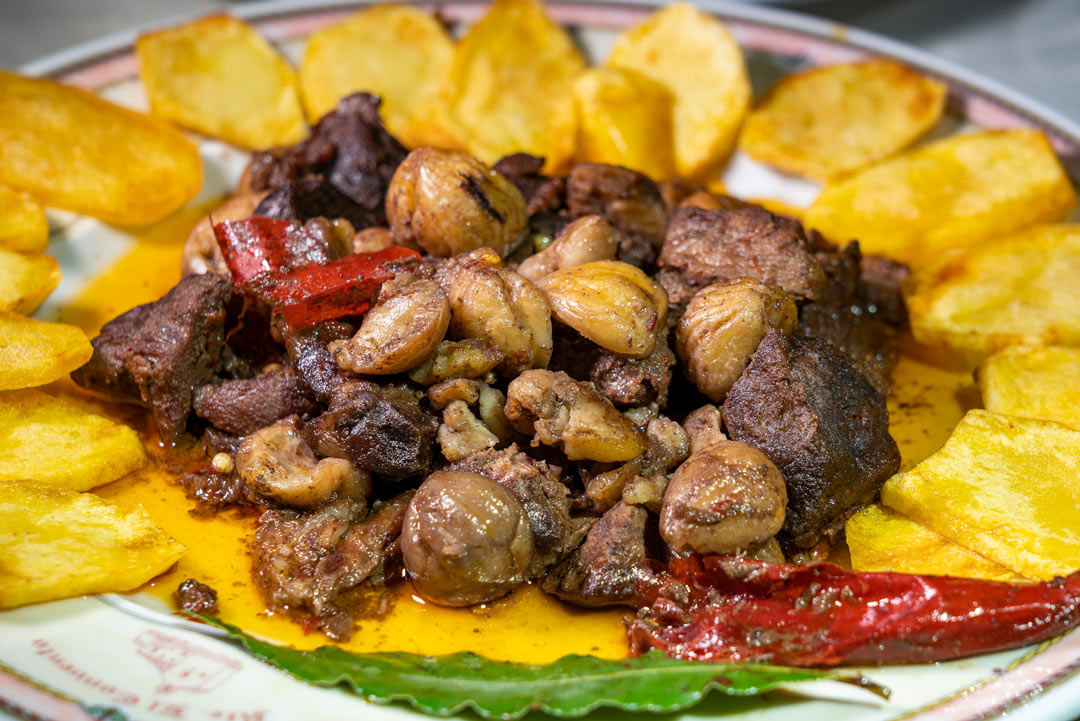
An abundance of game
The diversity of this territory can also be seen in its abundance of game which following criteria of sustainable development offers us a great variety of meat from both large and small game. Rabbit, hare, partridge, wild boar, wood pigeon, red deer… are some of the habitual meats on the tables of the Tajo Internacional Biosphere Reserve, with game meat being a distinctive product of its gastronomy.
The great variety of meats from both large and small game and the wisdom of the cooks who have been able to create exquisite dishes from this raw material allow us to savour exquisite creations such as venison with mushrooms, partridge salad, stewed wood pigeon, wild boar with chestnuts, or rice with hare, among others, to make game meat the focus of attention.
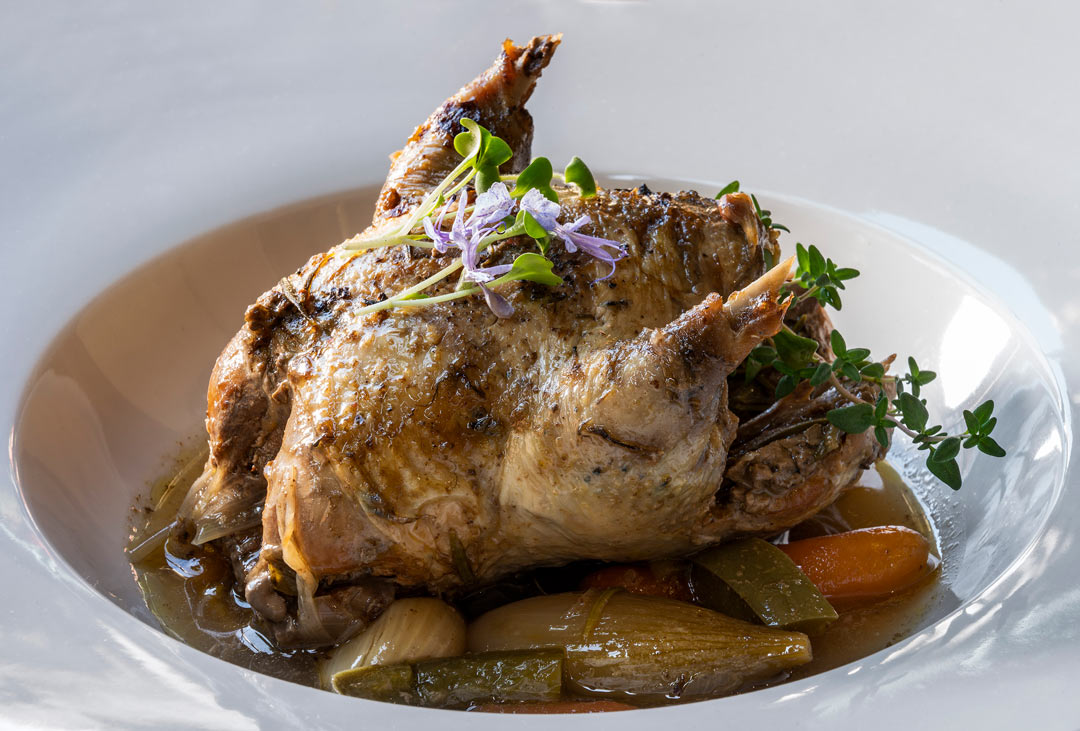
The tench
In our gastronomic excursion we also find pools in which tench are reared. This is the most prized still-water fish in Extremadura and is extremely versatile gastronomically which has contributed to the prestige it holds all over Spain. The importance of this gastronomic variety has given rise to the celebration of the Tench Festival, an itinerant event which is held each year on the last Saturday of August in a town of the Tajo-Salor Municipal Association, to which Alcántara and Brozas belong among others.
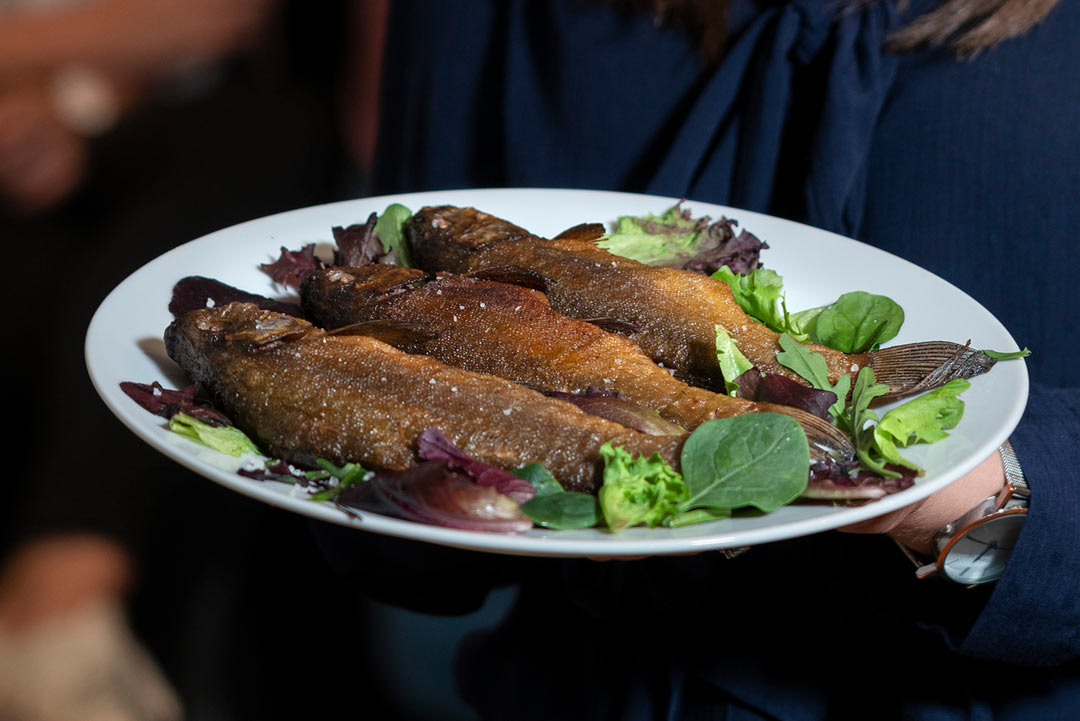
Cheese and wine
We can also taste the well-known sheep cheeses of Carbajo and Valencia de Alcántara which are produced from milk of high quality. This area is also the grazing ground of the sheep which give to the famous cheese known as the Torta del Casar. Its olive groves invite us to take a walk and to taste its organic virgin olive oils, the honey with which traditional sweetmeats are made, and wild products of the season such as asparagus, criadilla truffles, and mushrooms. The cork which plays such an important role in the world of wine is a famous product of the territory and its extraction is an original experience.
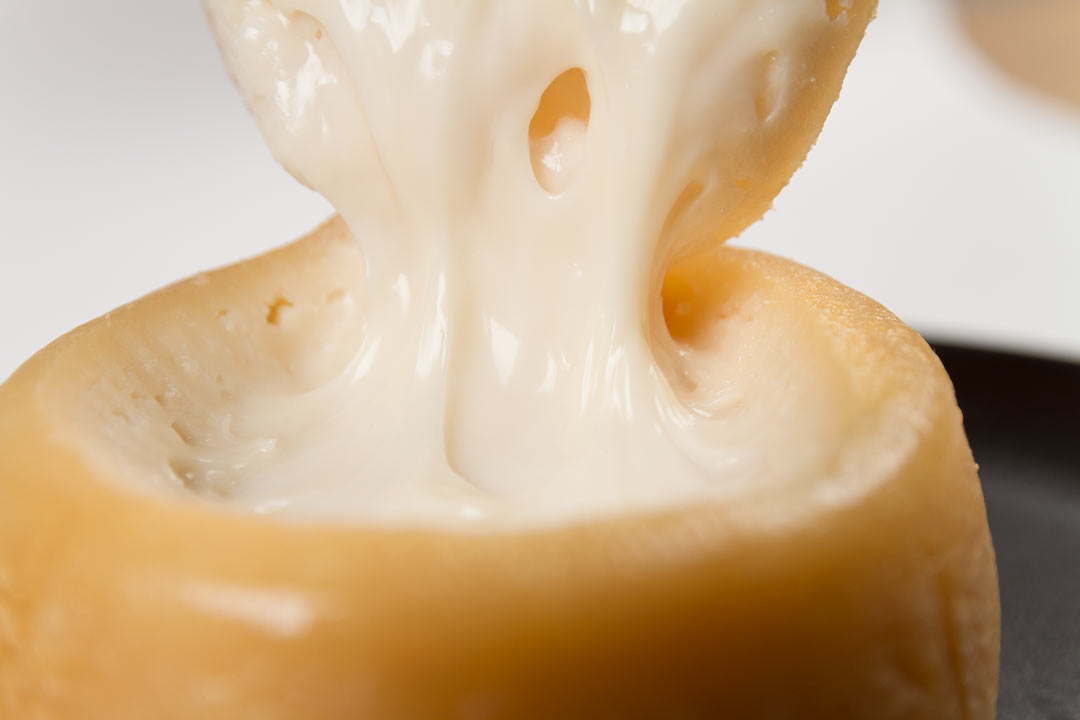
A pastry-making tradition
The tradition of making pastry of the Tajo Internacional Biosphere Reserve, so strongly featured in religious and social festivities and so deeply rooted in popular culture, still retains the exquisiteness deriving from the preservation of the traditional methods of production which show the influence of the peoples who have settled this land such as Romans, Arabs, and Jews. Some of the most characteristic recipes are those of fritos borrachos, Easter buns, “trembling potatoes”, puchas, fried doughnuts, tortas de chicharrones, pies, “wedding fries”, and repápalos or mormentera or momumentera (a sweetmeat of Arab origin filled with “arajú” which with its Mormentera Day is a true symbol of the interculturality of Alcántara).
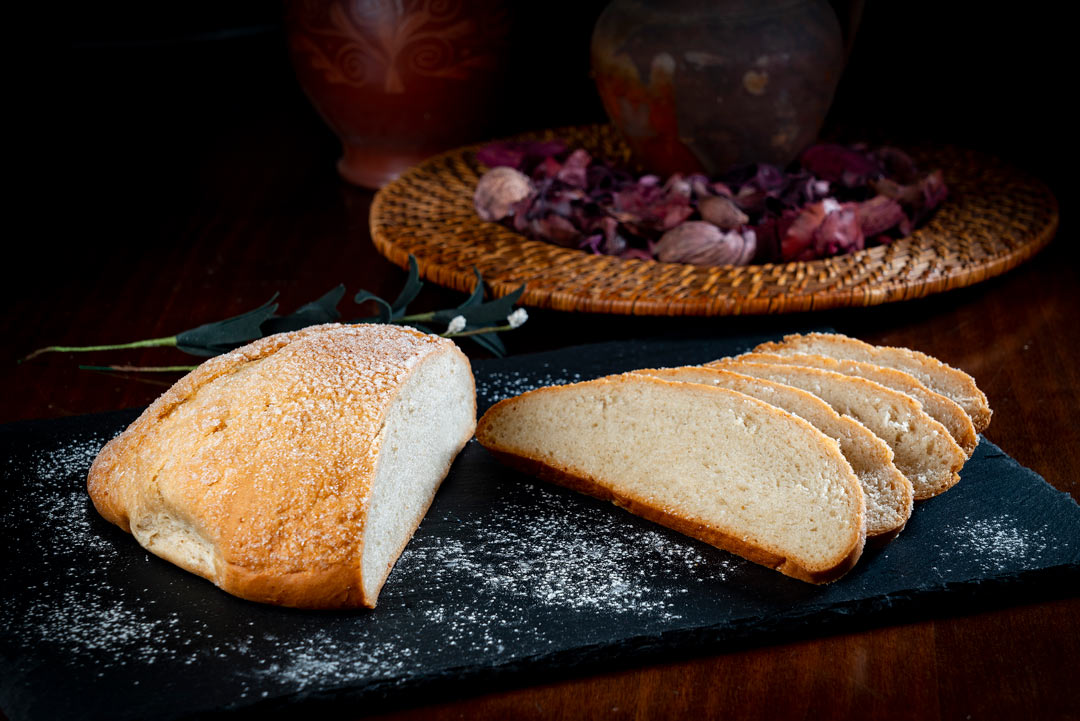
Alcántara, the origin of ‘Nouvelle Cuisine’
The secrets of the gastronomy of Tajo Internacional are mainly due to the unbeatable local natural raw materials which have given rise to gastronomy of great quality in which the sophistications of convent cuisine coexists with the simplicity of the pastoral roots and subsistence economy of traditional cooking.
According to the memoirs which have come down to us of the Duchess of Abrantes, in 1807 Napoleon’s troops sacked the Conventual de San Benito de Alcántara and destroyed its manuscripts, with the exception of the recipe book which passed to the wife of the general, said Duchess of Abrantes, who disseminated it in Paris. A century later Auguste Escoffier revolutionised traditional cuisine by revealing recipes from the collection as special as consommé, hepagras which was translated by the French as foie gras, and above all the appellative “Alcántara style” which is applied to cod, the pheasant, the woodcock, or the best-known dish, partridge Alcántara style. This popular dish can be prepared in two ways: one highly refined with abundant truffles and port wine and another more modest creation in a marinated manner.

